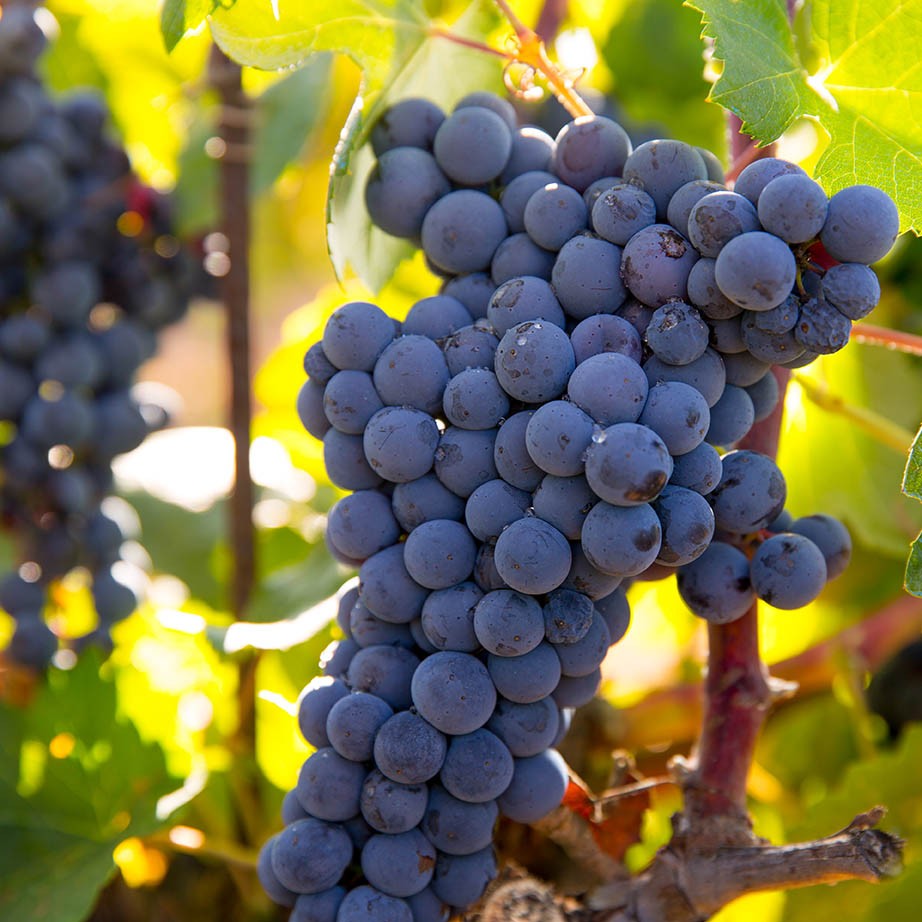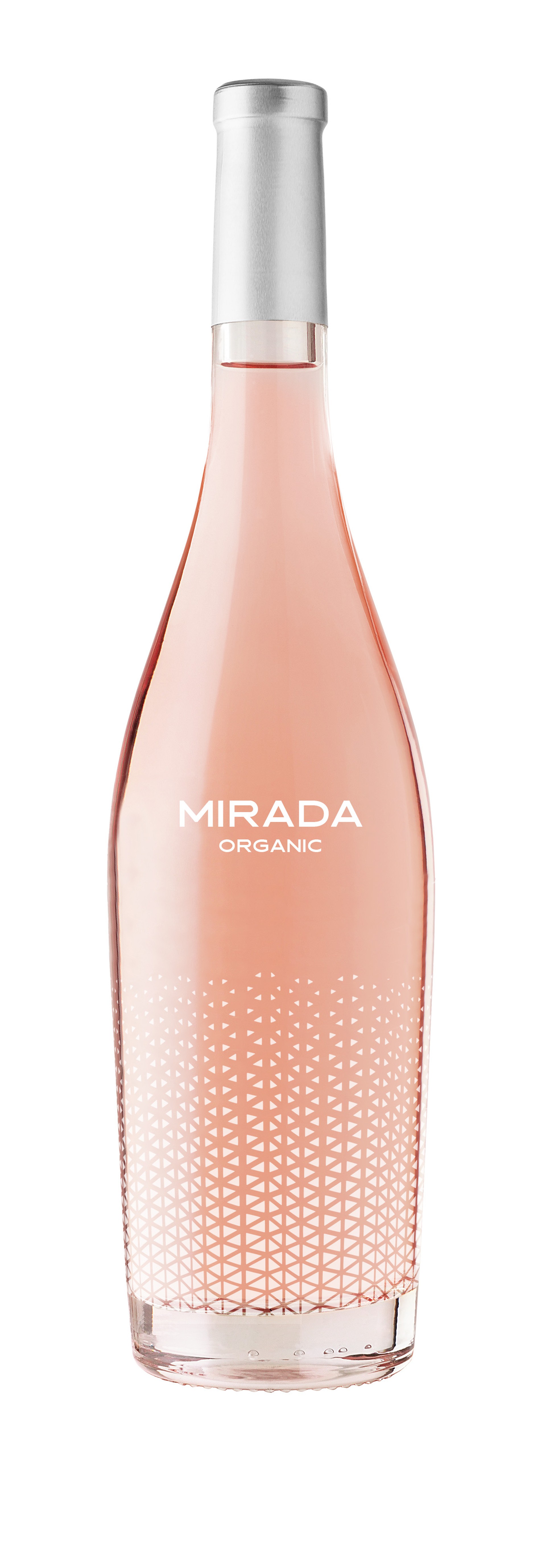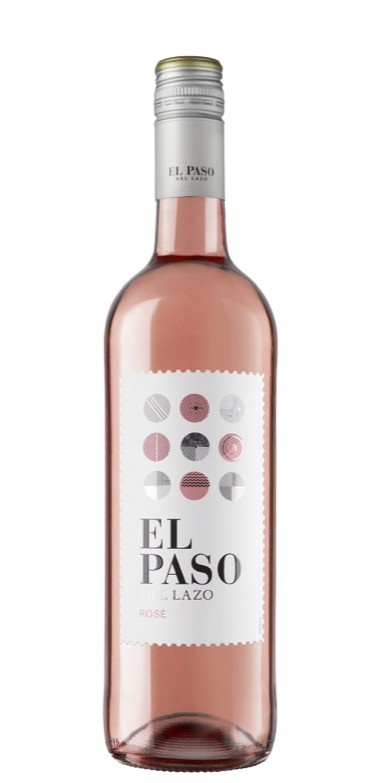

Rosé wine
Spanish Rosé Wines: Freshness, Evolution and International Recognition
Spanish rosé wines have undergone a true transformation in recent years. Once considered a minor category in the national wine landscape, rosé is now on the rise — gaining market share, earning critical acclaim, and attracting growing interest from consumers both in Spain and around the world.
Thanks to evolving winemaking techniques and increased specialization, Spanish rosés have improved in quality, expression, and personality, positioning themselves as a fresh, versatile, and increasingly gastronomic option.
A New Approach to Rosé Winemaking
Traditionally, many Spanish rosés were made as a by-product of red wine production (using the saignée method), but today they are crafted as wines with their own identity — conceived from the vineyard and carefully made using techniques designed to preserve freshness, delicate color, and aromatic expression.
Modern methods such as cold maceration, temperature-controlled fermentation, the use of selected yeasts, and even aging on lees or in concrete tanks are being applied to add texture and complexity. These advancements have led to more balanced, refined rosés that reflect international trends while maintaining Spanish character.
Key Grape Varieties for Spanish Rosé Wines
Spain is home to a wealth of red grape varieties perfectly suited for crafting rosés with distinctive profiles and high quality:
Bobal: One of the most exciting rosé grapes, particularly in Utiel-Requena (Valencia) and Castilla-La Mancha. It delivers vibrant color, natural acidity, fresh red fruit notes, and a round, textured palate.
Garnacha: Widely used in Navarra and Aragón, Garnacha creates smooth, fruity, and highly aromatic rosés.
Tempranillo: The base of many rosés in regions like Rioja and Castilla y León, offering balance and elegance.
Monastrell: A Mediterranean variety that produces fuller-bodied rosés with spicy character and ripe fruit nuances.
Leading Rosé-Producing Regions in Spain
Spanish rosé wines with Denomination of Origin (DO) status are produced across many regions, reflecting the growing importance and stylistic diversity of this wine category:
Navarra: One of Spain’s most iconic rosé-producing regions, known for its fresh, fruity Garnacha-based styles.
Utiel-Requena (Valencia): Celebrated for its Bobal rosés, which showcase Mediterranean character and bold personality.
Rioja: A region where rosé wines are undergoing a renaissance, evolving toward greater finesse and elegance.
Castilla-La Mancha: Traditionally associated with high-volume production, this region now embraces innovation, producing modern and organic rosés with a contemporary touch.
Spanish Rosés: Versatility and Fresh Appeal
Spanish rosés stand out for their wide range of styles — from light and floral options perfect as an aperitif, to more structured and complex wines ideal for pairing with rice dishes, Asian cuisine, or spiced foods. Their gastronomic versatility, renewed image, and approachable profile have made rosés one of the most dynamic and attractive categories in today’s Spanish wine scene.






